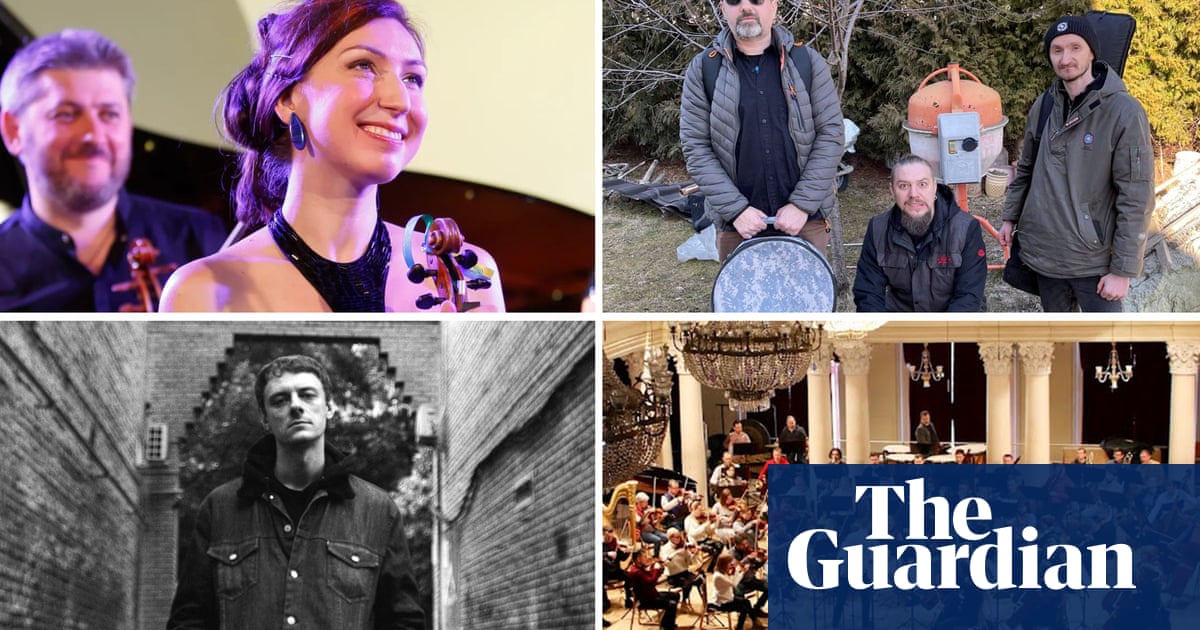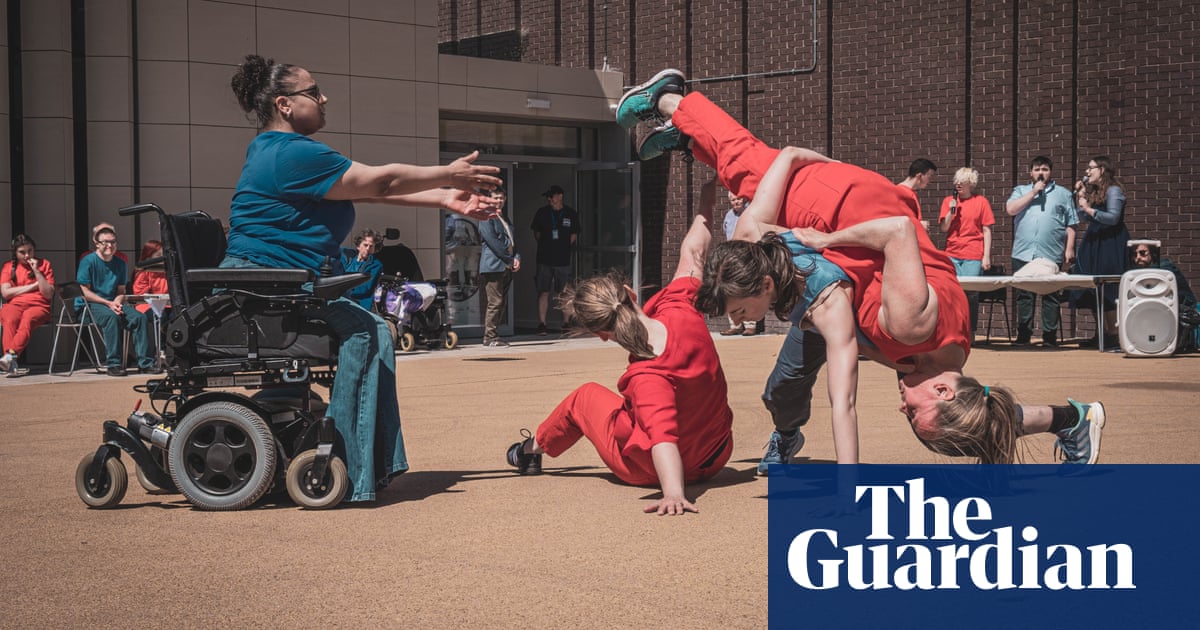
When the world’s largest Syrian refugee camp started to overflow in 2013 it was so big it had become Jordan’s fourth-largest city. The camp, Za’atari, housed a staggering 150,000 people, and the influx of new arrivals meant that another camp had to be built a few kilometres away.
Za’atari had been plagued by design flaws that were linked to violence and disorder, so when Azraq opened in 2014 as a “model camp” for the region it was heralded as a chance to rectify those problems. But it wasn’t as simple as that.
“Azraq was ‘beautiful’ in the eyes of humanitarian aid organisations,” says Azra Akšamija, founder of the MIT Future Heritage Lab, which develops creative responses to a world in crisis. “But it was also sterile, there was no cultural or educational activity. We entered that vacuum.” The Lab’s contribution at Azraq was Design to Live: Everyday Inventions from a Refugee Camp, which documents over 20 projects made by residents. From a rocking crib built from school desks to a lifesize sand sculpture referencing the citadel of Aleppo, Azraq residents are challenging not just their bare-minimum circumstances but humanitarian design’s conception of “essential” needs.
More than 6.6 million Syrians have fled their country since the civil war began in 2011. While most are living in poverty in neighbouring countries, 5% are in refugee camps maintained by a laundry list of governmental, non-profit and United Nations agencies. Design to Live tells the story of what is not provided for these refugees. Logo-stamped burlap and metal sheets are repurposed to solve practical problems, like a desert cooler in the absence of air conditioning in 45-degree heat. But designs like a mosaic of date seeds to adorn a teacup address the philosophical problem that is the refugee camp itself: how do you live in a shelter that is not a home?
“Within the camp, existing is an act of resistance and being yourself is an act of resilience because you’re in an environment where you’re constantly being reminded, ‘this is not yours,’” says architect Muhsen Albawab in an interview with the book’s editors. “Any intervention, even a mural, is something that goes against what a camp is supposed to be.”
Design at Azraq begins with the UN’s core relief items: think water vessels with weight specifications down to the decimal and “the T-shelter”, a 24-square-metre housing unit for a family of four or five. But if you can’t eat, drink or sleep on it, an item is not considered to be in the humanitarian design canon. Such thinking comes from the data-driven systemisation of human life in order to cover the basics for as many people as possible. The problem is that refugees’ self-actualisation and cultural preservation are neglected. What if refugee camps were civic spaces to cultivate creativity and social healing? A mural seems valuable considering what sparked a wave of suppression in Syria: demonstrations supporting a group of teenagers arrested for anti-government graffiti.
“In a disaster, it is really important to support the cultural revitalisation of affected communities, not just the empty symbols of physical monuments,” says Akšamija. “And isn’t the culture they are producing while being displaced a heritage of the future?” A fountain is a traditional feature of the Syrian courtyard, but the 20% of Azraq residents who are under five years old wouldn’t have experienced them at all if their parents hadn’t transformed shishas into miniature waterfalls. They would have little to play with, without the ingenious transformations of household waste into spinning tops and plush toys. These moments of agency and subversion highlight the gaps in the existing infrastructure.
While bureaucracy is the roadblock to implementing residents’ ideas, Design to Live finds it is not an unscalable barrier. The modification of the T-shelter to shift the direction of the entry point – to trap heat and to add privacy for mahram, family members around whom veiling is not necessary – was so popular it became formalised by the UN high commissioner for refugees.
“[The humanitarian design field] addresses displacement as something temporary, that we have to accommodate a surplus population for a small period of time, to create instantaneous cities made fast and disassembled fast, until everything goes back to normal. The world doesn’t work that way,” says Future Heritage Lab programme director Melina Philippou. “We’re going to have more and more dynamic movement of population.”
Work by Akšamija and the Future Heritage Lab is on view at this year’s Venice Architecture Biennale: Displaced Empire is an interactive textile installation that merges the designs of a portable Ottoman palace and a contemporary shelter at Azraq. Smartly dressed visitors wearing lanyards wander through a hallowed space to enter a tent made from discarded clothes and different countries’ humanitarian textiles, including “imperial banners” embroidered with everyday scenes from Azraq. The hope, says Akšamija, is that some of them will consider, “This could be me.”
We are all part of a global community responsible for producing refugees. The current living situations of displaced people in the Middle East foretell a shared future, as the climate crisis creates disasters regardless of the ravaged land’s GDP. One climate model estimates that by 2100, the American cities of Atlanta, Orlando, Houston and Austin could each receive more than a quarter of a million new residents as a result of sea-level displacement alone. Could we build vertical gardens if planting in the ground wasn’t possible? Would we? “You don’t understand the full meaning and the achievement of these designs unless you understand the limitations that are behind them,” Akšamija says. “What we need in humanitarian design is empathy.”












